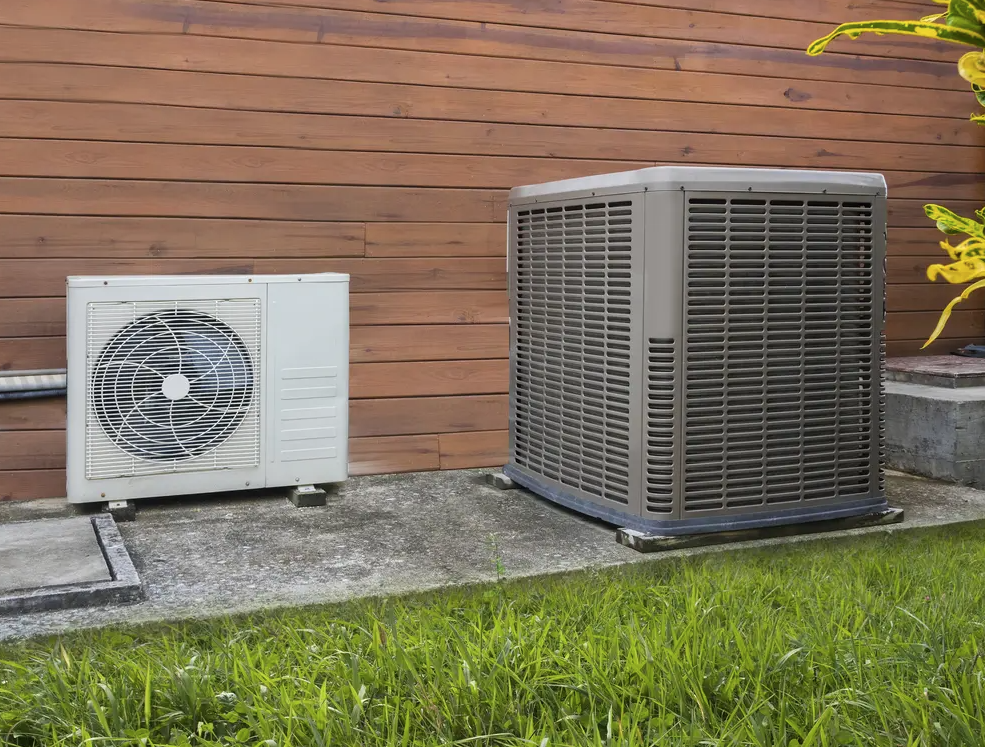in Europe last year have been sold about 3 million heat pumps, an increase of 38% over the previous year
The energy crisis has given a generous boost to the market of heat pumps in Italy and the rest of Europe. An information already anticipated in recent weeks by solarpower Europe that in its report “Solar Power Heats 2023” showed the gains obtained by European households thanks to the photovoltaic mix with heat pumps. But today some data from the International Energy Agency IEA come to confirm.
Analysts Yannick Monschauer, Chiara Delmastro and Rafael Martinez-Gordon recently published a commentary on the topic, evaluating new sales and market segments. The starting figure is that provided by the European Heat Pump Association according to which in Europe last year have been sold about 3 million units, an increase of 38% over the previous year. A record amount according to historical trends, able to replace about 4 billion cubic meters of natural gas. Countries such as Poland, which recorded a 100% increase over 2021 sales, followed by the Czech Republic (99%) and the Netherlands (+80%), accelerated their purchases. But if you count the number of new devices, Italy, France and Germany alone accounted for almost half of all new European purchases, respectively with more than 502 thousand, 462 thousand and 236 thousand units.
read also Photovoltaic with heat pumps to cut the bill by 84
Air-air or air-water?
“In terms of new sales – explain the three analysts – the Nordic and Baltic countries hold the highest share of air-to-air units, representing about 50-80% of installations. Similarly, purchases of such units are also high in southern Europe. In Germany and Poland, air-water heat pumps are the preferred technology. Hybrid systems, which combine heat pumps with gas boilers, are widespread in Italy, for example, where they accounted for over 40% of sales in the air-water segment in 2022. Geothermal and water heat pumps are the most efficient and expensive models. The need for drilling and additional space means that they now account for less than 10% of European sales“.

